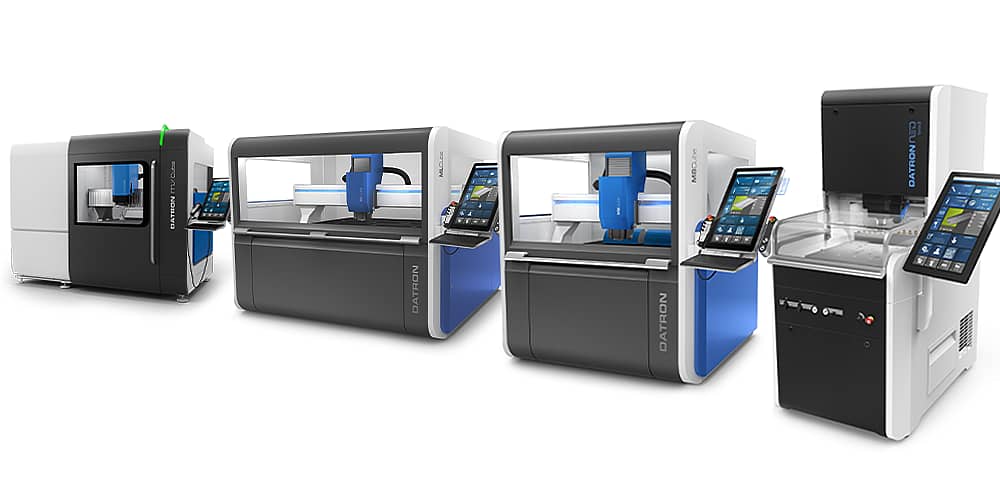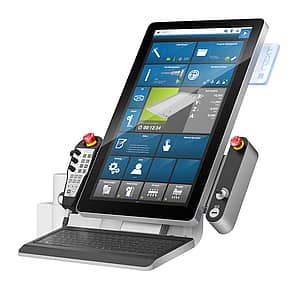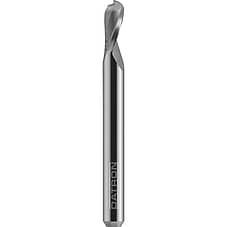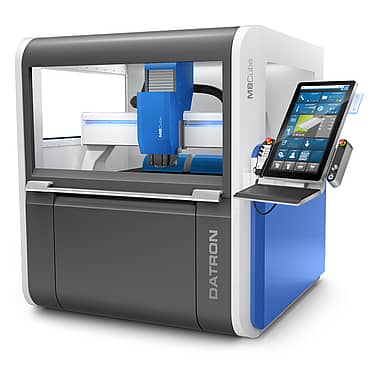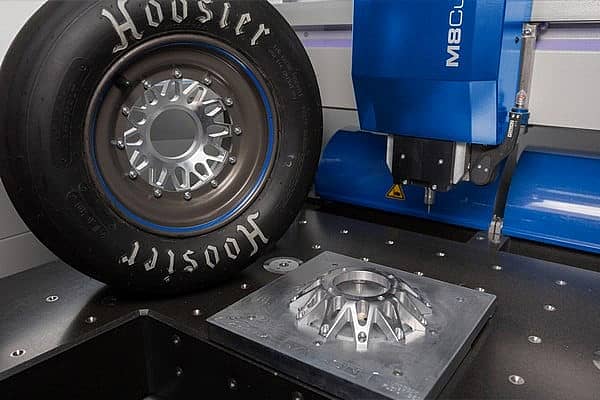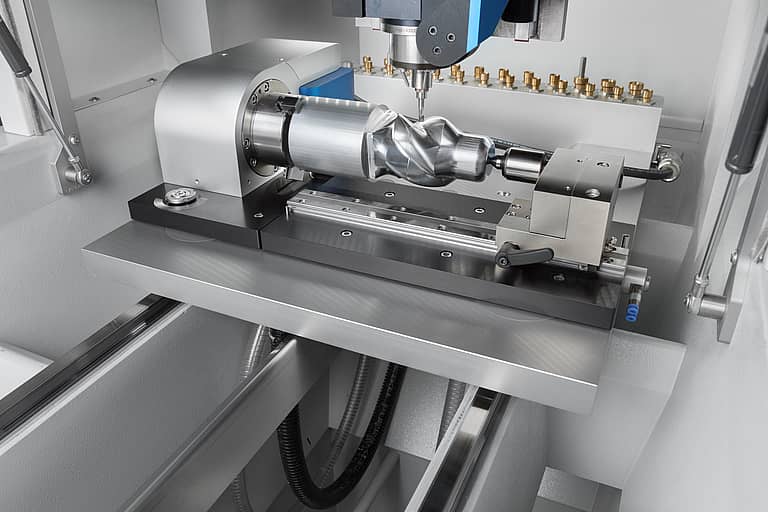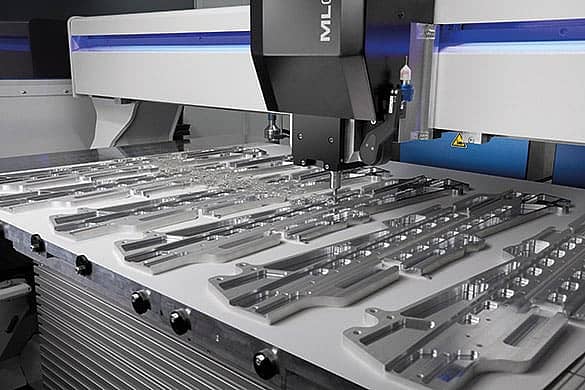CNC machines have become synonymous with precision and automation, from intricate parts for aerospace engineering to detailed components for consumer electronics and even jewelry. But what is a CNC machine, and what is a CNC machine used for? In this article, we delve into CNC technology fundamentals, its functions, the applications it is used for, and the intricate mechanisms that power its operation. This article will shed light on CNC machines’ indispensable role in contemporary manufacturing processes worldwide.
What is a CNC Machine?
At its core, a CNC machine is a computer-controlled device that automates the operation of machine tools, such as mills, lathes, routers, and grinders. Unlike conventional manual machines, where operators physically manipulate tools, CNC machines follow programmed instructions to execute precise machining tasks. These instructions are typically generated through Computer-Aided Design (CAD) or Computer-Aided Manufacturing (CAM) software, translating design specifications into actionable commands.
The functionality of CNC machines revolves around their ability to interpret digital instructions and execute precise movements across multiple axes. Here are the key components making up CNC machines, which include:
Controller
A controller is a device or system that manages the operation of the machine, essentially making it the brain of the entire operation. The controller interprets numerical data from computer programs to control the movement and operation of the machine’s components. These movements and operations may include the cutting tool or workpiece.
The controller coordinates the motion of the machine’s axes according to the programmed instructions, ensuring precise and accurate machining operations.
The complexity and functionality of CNC controllers can vary depending on the type of machine and the specific tasks it performs. They typically include a processor, memory, input/output interfaces, and software for executing programs and managing machine operations. Some advanced CNC controllers may also feature capabilities for real-time monitoring, diagnostics, and optimization of machining processes, such as the DATRON next Control software system.
Learn more about DATRON’s next Control Software Systems
Motors and Drives
Motors are responsible for converting electrical energy into mechanical motion. These motors are typically of the stepper or servo variety. Stepper motors move in discrete steps, which are prevalent in CNC machines because they provide precise control over their motion. Stepper motors are often used in applications where precise positioning is crucial, such as milling or engraving.
On the other hand, servo motors use feedback control to regulate the speed and position of the motor shaft. Servo motors are preferred in applications requiring high-speed machining or heavy cutting. They are also more expensive than stepper motors but offer greater precision and performance overall.
As for drives, it’s essential to understand that drives are the components that regulate the power supplied to the motors, controlling their speed and direction of rotation. Drives work in conjunction with motors to ensure that the machine moves accurately and smoothly.
Tooling
CNC milling machines utilize rotary cutting tools to remove material from a workpiece, creating a desired shape or form.The type of milling tool used depends on various factors, such as the machining material, the desired surface finish, and the part’s complexity. From end mills and drills to inserts and collets, the selection of tooling plays a pivotal role in determining the precision, efficiency, and surface finish of machined parts. These tools are meticulously designed to withstand the demands of high-speed machining and deliver consistent, reliable performance.
View DATRON’s German Engineered Carbide Milling Tools
Workpiece Holding
One crucial aspect of CNC operations is workpiece holding, which is essential for stability, accuracy, and safety during milling. Workpiece holding involves securing the raw material or workpiece firmly on the milling machine’s bed or work table. This is crucial because any movement or vibration during milling can lead to inaccuracies, defects, or even damage to the workpiece and the machine itself.
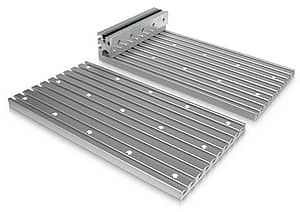 Various clamping devices are used to secure the workpiece to the milling machine’s worktable, including clamps, vises, bolts, screws, and custom fixtures. The choice of clamping device depends on factors such as the workpiece’s size, shape, and material, as well as the specific requirements of the milling operation.
Various clamping devices are used to secure the workpiece to the milling machine’s worktable, including clamps, vises, bolts, screws, and custom fixtures. The choice of clamping device depends on factors such as the workpiece’s size, shape, and material, as well as the specific requirements of the milling operation.
Fixturing involves using specialized fixtures or jigs to hold the workpiece in a specific orientation or position. Designers often custom-make fixtures to accommodate the unique geometry of the workpiece and ensure precise alignment during milling. Fixturing is commonly used for complex or irregularly shaped parts that require multiple machining operations.
Feedback Systems
Feedback systems in CNC milling machines ensure precision, accuracy, and reliability during machining operations. These systems provide real-time feedback to the CNC controller about the position, velocity, and other relevant parameters of the machine’s moving components, such as the cutting tool and workpiece.
One common type of feedback system used in CNC milling machines is the encoder system, which accurately measures the position and movement of the axes. Encoders can be rotary or linear, depending on the type of motion being monitored. Rotary encoders measure angular displacement, while linear encoders measure linear displacement along a specific axis. The feedback data from these encoders allows the CNC controller to continuously adjust the machine’s movements, compensating for any deviations from the programmed toolpath and ensuring precise machining according to the desired specifications.
Feedback systems can also incorporate error correction algorithms to enhance accuracy and minimize machining errors. Overall, feedback systems in CNC are essential for maintaining tight tolerances, achieving high-quality surface finishes, and optimizing machining efficiency.
What is a CNC Machine Used For?
Now that we have answered the question of what is a CNC machine, let’s answer the following question: What is a CNC machine used for based on industry type? A CNC machine can make countless parts, making it an essential tool for many industries. From the automotive industry making intricate body panels for vehicles to the medical device manufacturing industry producing pacemakers, the options for what a CNC machine can make are limitless. Here are just a few industries that utilize CNC machining capabilities and the types of parts they produce.
Learn More: What Exactly is CNC Machining & Milling?
Automotive Industry
CNC is instrumental in fabricating engine components, transmission parts, chassis, and intricate body panels with precision and consistency. Machines also create prototypes and components, allowing engineers to test designs before mass production. Automated CNC systems use machining in the mass production of automotive parts. Manufacturers can produce large quantities of parts consistently and efficiently, reducing production time and costs.
You will also see that CNC enables the customization of automotive parts according to specific requirements or design preferences. This flexibility benefits specialty vehicles, custom builds, or aftermarket modifications. Since CNC machines can work with a wide range of materials commonly used in the automotive industry, their versatility enables the production of diverse automotive components.
Aerospace and Defense
The aerospace and defense industry relies heavily on CNC for various manufacturing processes. Machining is utilized to manufacture critical aircraft components, such as structural parts, engine components, landing gear parts, and interior elements. These components require tight tolerances and high-quality finishes to meet stringent safety and performance standards, which only a CNC machine can achieve.
It’s also noteworthy that aerospace and defense applications often require components with complex geometries, such as turbine blades, airfoils, and intricate structural parts. CNC machines excel at machining these complex shapes with high precision, enabling the production of advanced aerospace components.
Medical Device Manufacturing
The medical device manufacturing industry depends on CNC machines for various critical processes involved in producing medical devices. CNC machining produces precise components such as implants, surgical instruments, prosthetics, and diagnostic equipment. These components often require tight tolerances and intricate geometries.
These machines are also used to create prototypes of medical devices for testing and validation purposes. Additionally, they enable the customization of devices to meet specific patient needs and can work with a wide range of materials to produce devices suitable for medical applications.
It’s also worth noting that some medical devices, particularly those used in minimally invasive procedures or microsurgery, require micro-scale features and extremely fine details. CNC machines with high-speed spindles and advanced tooling capabilities can perform micromachining with exceptional precision.
Electronics Industry
The electronic industry utilizes CNC machines for various manufacturing processes, particularly in producing electronic components and devices. These machines fabricate PCBs, essential components of electronic devices. CNC machines precisely etch circuit patterns onto copper-clad substrates, drill holes for component mounting, and cut PCBs to size. CNC machining also manufactures enclosures, housings, and chassis for electronic devices, as it can accurately machine complex shapes and cutouts in various materials.
Heat sinks are critical components in electronic devices for dissipating heat generated by electronic components. CNC machining also manufactures heat sinks with intricate designs and precise dimensions, optimizing thermal performance and reliability. When it comes to electromechanical components such as connectors, switches, and sockets, CNC machines allow for tight tolerances and high-quality finishes. This ensures reliable electrical connections and mechanical functionality.
Architectural and Industrial Design
CNC machines are invaluable tools in architectural and industrial design processes and can fabricate architectural models and industrial design prototypes with high accuracy and detail. They can create intricate architectural elements, such as building interior layouts and landscape features, and industrial design prototypes for products and machinery.
CNC machines enable the custom fabrication of architectural elements and industrial components according to specific design requirements. They can produce unique shapes, curves, and contours that would be difficult or impossible to achieve using traditional manufacturing methods. Since machines are seamlessly integrated with Computer-Aided Design (CAD) and Computer-Aided Manufacturing (CAM) software, designers can translate digital design files into machine-readable instructions. This streamlines the manufacturing process and facilitates the transition from design concept to physical realization.
Explore What You Can Make With a CNC Machine
Ready to Try Out a CNC Machine?
Understanding what a CNC machine is and what a CNC machine can be used for may have you thinking that it’s time to purchase one to elevate your business today! When purchasing a machine, you can look no further than DATRON CNC machines! Whether you are looking for rapid prototyping, small batch production, or intricate component manufacturing, investing in a DATRON machine promises unparalleled efficiency and accuracy in all your machining operations. The intuitive interface and advanced features empower you to unleash your creativity and push the boundaries of what is possible in machining!
Contact our team for a demo, site visit, or more information about DATRON high-speed CNC machines today!

